Color and Mestizo Hierarchies in the Colombian Western Amazon
DOI:
https://doi.org/10.22380/2539472X.1261Keywords:
color, miscegenation, mestizaje, identity, ethnicity, indigenous peoples, homesteaders, Colombian AmazoniaAbstract
In the amazonia, as well as in the latin american context, race and ethnicity are conceptually limited categories for dealing with ethnic and racial orders created by mestizaje; an order characterized by fluidity and ambiguity in which any claims at inclusion within the categories of Indian, black, mestizo or white is far from being evident. The article tries to show the advantages presented by incorporating the category of ‘color’, as a specific category complementing those of race, ethnicity and class. Color is important for analyzing the dynamics between different groups with fluid frontiers and between individuals who perceive themselves as Indian, black, mestizo and white, but more specifically in contexts where phenotypic traits associated to racial stereotypes, ethnicity or class are not sufficient to establish hierarchies within or between mestizos.
Downloads
References
Barth, Fredrik. 1986. “Introducción”. Los grupos étnicos y sus fronteras. Fondo de Cultura Económica. México.
Chaves, Margarita. 1998. “Identidad y representación entre indígenas y colonos de la amazonia colombiana”. En María Lucía Sotomayor (editora). Modernidad identidad y desarrollo. Ican-Colciencias. Bogotá.
– . 2001. “Discursos subalternos de identidad y movimiento indígena en el Putumayo”. En Mauricio Archila y Mauricio Pardo (editores). Movimiento sociales, Estado y democracia en Colombia. CES/Universidad Nacional de Colombia-ICANH. Bogotá.
– . 2003. “Cabildos multiétnicos e identidades depuradas”. En Fronteras, metáforas y territorios. INER-Universidad de Antioquia. Medellín. En prensa.
Gow, Peter. 1991. Of mixed blood. Kinship and history in Peruvian Amazonia. Clarendon. Oxford.
Hall, Stuart. 1990. “Cultural identity and diaspora”. En J. Rutherford (editora). Identity, community, culture, difference. Lawrence & Wishart Limited. Londres.
– . 1991. “Old and new identities, old and new ethnicities”. En Anthony King (editor). Culture, globalization and the worldsystem. State University of New York. Binghamton.
Klor de Alva, Jorge. 1995. “The postcolonization of the (Latin) American experience. A reconsideration of ‘colonialism’, ‘postcolonialism’, and ‘mestizaje’”. En G. Prakash (editor). After colonialism: imperial histories and postcolonial displacements. Princeton University Press. Princeton.
Lancaster, Roger. 1992. Life is hard. Machismo, danger and the intimacy of power in Nicaragua. University of California. Berkeley.
Llanos, Héctor. 1987. “Tiempos y espacios coloniales amazónicos”. En Colombia amazónica. Universidad Nacional de ColombiaFondo FEN. BogotáLLANOS,
Héctor y Roberto Pineda C. 1982. Etnohistoria del Gran Caquetá. Siglos (XVI-XIX). Banco de La República, Fundación de Investigaciones Arqueológicas. Bogotá.
Lugo, Alejandro. 1993. “Fragmented lives, assembled goods: a study in maquilas, culture, and history at the Mexican borderlands”. Disertación no publicada. Department of Anthropology. Stanford University.
Nugent, Stephen. 1993. Amazonian Caboclo Society. An essay on invisibility and peasant economy. Berg Publishers. Oxford.
Pineda, Roberto. 1980. Historia oral y proceso esclavista en el Caquetá. Finarco, Banco de la República. Bogotá.
Ramírez, María Clemencia. 2001. Entre el Estado y la guerrilla: identidad y ciudadanía en el movimiento de los campesinos cocaleros del Putumayo. ICANH-Colciencias. Bogotá.
Sansone, Livio. 1997. “The new blacks from Bahia: local and global in afro Bahia”. Identities. Volumen 3: 4. DOI: https://doi.org/10.1080/1070289X.1997.9962575
Stutzman, Ronald. 1981. “El mestizaje: an all-inclusive ideology of exclusion”. En Norman Whitten (editor). Cultural transformation and ethnicity in Modern Ecuador. University of Illinois Press. Urbana.
Taussig, Michael. 1992. “Culture of terror¯Space of death: Roger Casement’s Putumayo Report and the explanation of torture”. En Nicholas Dirks (editor). Colonialism and culture. The University of Michigan Press. Ann Arbor.
– . 2002 (1987). Chamanismo, colonialismo y el hombre salvaje. Un estudio sobre el terror y la curación. Traducción de Hernando Valencia. Norma. Bogotá.
Wade, Peter. 1993. Blackness and race mixture. The dynamics of racial identity in Colombia. John Hopkins University Press. Baltimore.
– . 2000 (1997). Raza y etnicidad en Latinoamérica. Traducción de María Teresa Jiménez. Abya-Yala. Quito.
Whitten, Norman. 1985. Sikuangaruna. The other side of development in Amazonian Ecuador. University of Illinois. Urbana.




















